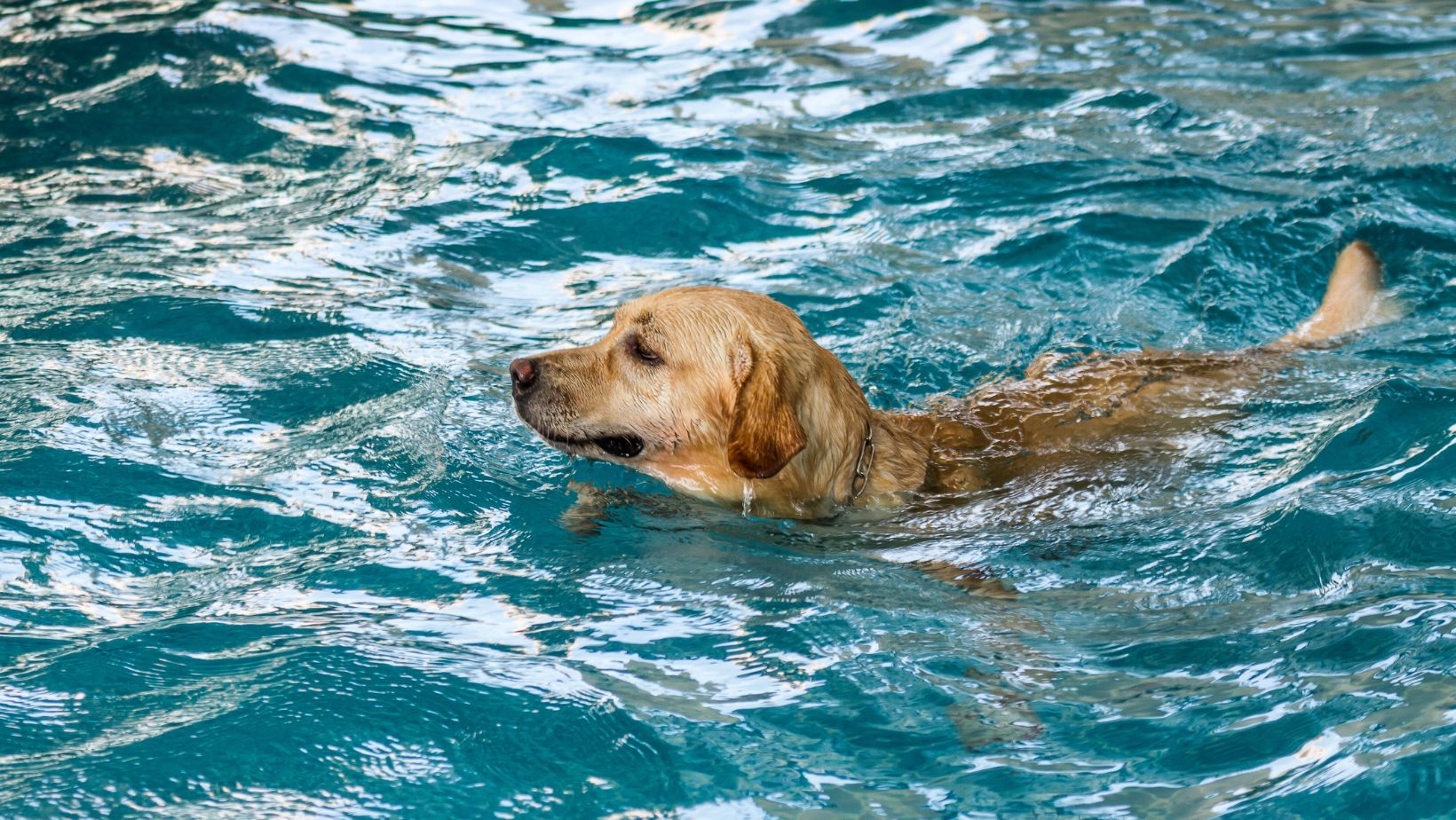How to Leash Train an Adult Dog
Leash training an adult dog, such as a Labrador, can be a rewarding experience for both you and your furry friend. While it may seem challenging at first, with patience and consistency, you can teach your adult dog to walk calmly on a leash.
One important aspect of leash training is choosing the right equipment. Ensure that you have a sturdy leash and a properly fitting collar or harness for your Labrador. This will provide comfort and security during the training process.
To begin leash training, start in a quiet and familiar environment where distractions are minimal. Introduce your dog to the leash gradually by allowing them to sniff and investigate it. Once they are comfortable with the presence of the leash, attach it to their collar or harness.
Next, take small steps forward while gently guiding your Labrador with the leash. Use positive reinforcement techniques such as treats or praise to reward them for walking beside you without pulling. Remember to keep sessions short initially and gradually increase the duration as your dog becomes more comfortable.
Consistency is key when teaching an adult dog how to walk on a leash. Practise daily in different environments with varying levels of distractions. With time and dedication, your Labrador will learn to enjoy walks on a leash while staying by your side.
Choosing the Right Leash for Your Adult Dog
When it comes to leash training an adult dog, one of the crucial factors to consider is selecting the right leash. The leash you choose should not only ensure your dog’s safety and control but also provide comfort during walks or other outdoor activities. Let’s dive into some key aspects to consider when choosing a leash for your adult dog.
Consider Your Dog’s Size and Strength
The size and strength of your adult dog play a significant role in determining the type of leash that would be most suitable. Here are a few points to keep in mind:
- Larger Breeds: For bigger dogs like Labradors or Great Danes, it’s essential to opt for a sturdy leash that can handle their strength without breaking or causing discomfort.
- Smaller Breeds: On the other hand, smaller breeds like Chihuahuas may require a lighter and more flexible leash that allows them greater freedom of movement.
Remember, while it’s important to have control over your furry friend, you don’t want them feeling restricted or uncomfortable during walks. Assessing your dog’s size and strength will help guide you towards the appropriate choice.
Choose the Appropriate Leash Length
The length of the leash is another factor to take into consideration. Different scenarios call for different lengths, so here are a few examples:
- Short Leashes: If you’re walking in crowded areas or busy streets where there might be potential hazards, using a shorter leash (around 4-6 feet) can help maintain better control over your adult dog.
- Longer Leashes: In open spaces such as parks or beaches where there are fewer obstacles, longer leashes (around 8-10 feet) can give your dog more freedom to explore while still keeping them within reach.
Selecting an appropriate length ensures both safety and convenience during walks with your adult dog.
Select a Suitable Leash Material
The material of the leash plays a crucial role in terms of durability, comfort, and ease of use. Here are some common options to consider:
- Nylon Leashes: These leashes are lightweight, affordable, and come in various colors and designs. They’re easy to clean and suitable for most adult dogs.
- Leather Leashes: Leather leashes offer a classic look while being sturdy and durable. They tend to become more comfortable over time as they soften with use.
- Retractable Leashes: Retractable leashes provide adjustable length options for your dog while allowing them freedom to explore within limits. However, they require careful handling to prevent tangling or injuries.
Consider your preferences along with your dog’s specific needs when choosing the right leash material.
By considering your dog’s size and strength, selecting an appropriate leash length, and picking a suitable leash material, you’ll be well on your way to finding the perfect leash for your adult dog. Remember that each dog is unique, so it may take some trial and error before finding the ideal fit that keeps both you and your furry companion happy during walks.
